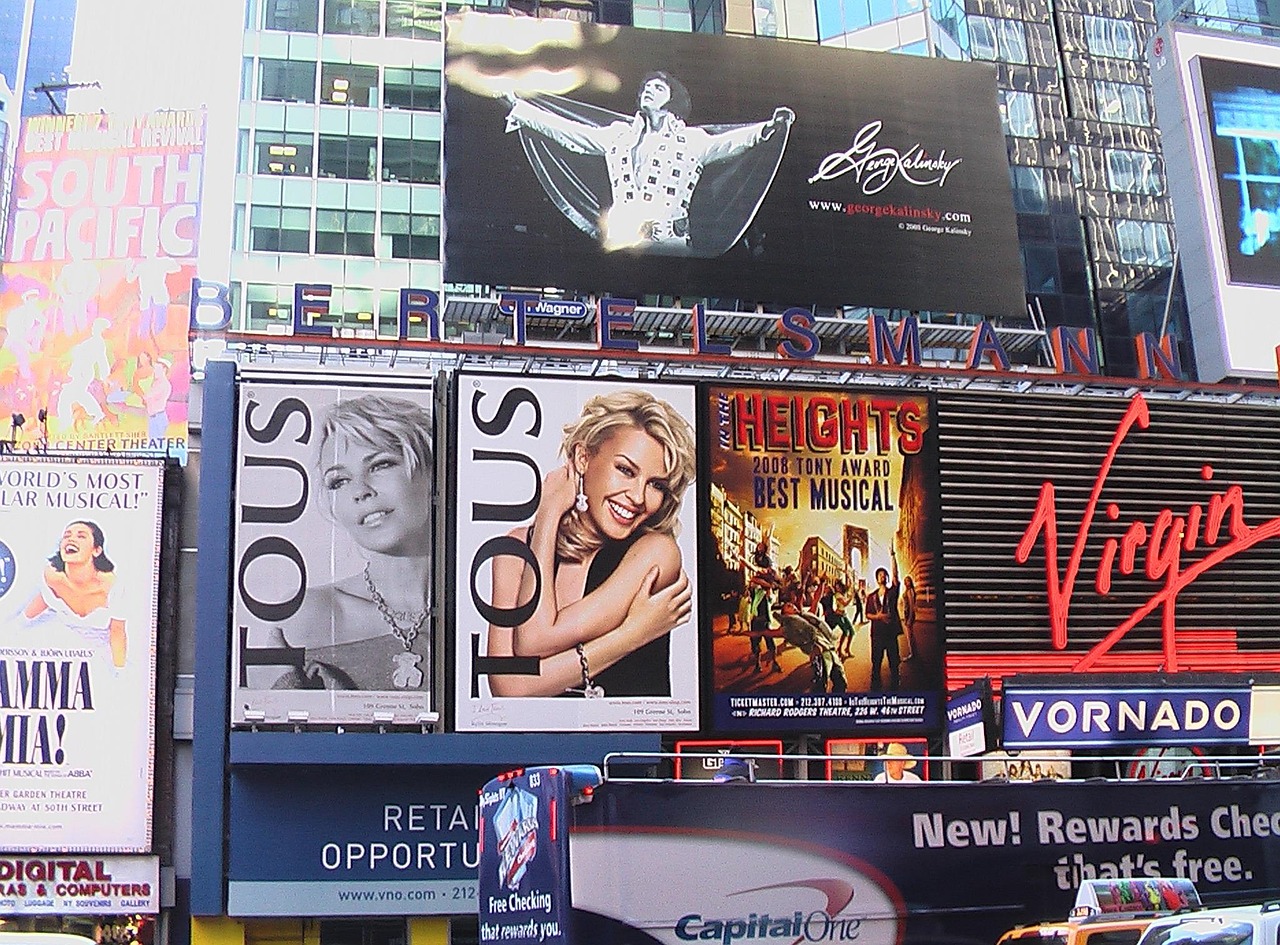From Stage to Screen: The Flourishing Phenomenon of Broadway Musicals on Streaming Platforms
In recent years, there has been a burgeoning trend in the arts and entertainment industry that is redefining how audiences consume theatrical performances: the adaptation and streaming of Broadway musicals on digital platforms. This innovative approach is undoubtedly reinvigorating the musical theatre industry, while also providing an unprecedented level of accessibility to a wider audience.

A Historical Overview of the Broadway Musical
The Broadway musical, a uniquely American art form, has been a cornerstone of American culture since the late 19th century. With its roots in operetta and vaudeville, it evolved significantly throughout the 20th century, incorporating elements of jazz, rock, and pop music. However, with skyrocketing production costs and ticket prices, Broadway became an increasingly exclusive domain.
The Advent of Streaming
The rise of digital streaming platforms in the 21st century has revolutionized the entertainment landscape. Netflix, Amazon Prime, and Disney+ have transformed how audiences consume TV series, movies, and documentaries. However, until recently, the world of Broadway had remained largely untouched by this digital revolution.
Broadway Meets the Digital Age
The turning point came in 2016 when Lin-Manuel Miranda’s “Hamilton” was recorded live on stage and later released on Disney+ in 2020. This high-definition capture of a live performance brought Broadway directly into living rooms across the globe. The trend continued with “Diana: The Musical,” a show filmed on stage without an audience during the pandemic, premiering on Netflix before its actual Broadway debut.
The Impact and Reception
The digital adaptation of Broadway shows has democratized access to these performances, breaking down geographical and economic barriers. It has opened up a new revenue stream for the industry, mitigating some of the financial losses caused by the pandemic-induced shutdown. However, it’s not without its critics. Some argue that a streamed performance can never replicate the magic of a live show. Nevertheless, the overwhelming reception has been positive, suggesting that this trend is here to stay.
Conclusion
The digital adaptation of Broadway musicals is a powerful example of how the arts industry can adapt and thrive in the face of changing consumption patterns and challenging circumstances. By embracing the possibilities of the digital age, Broadway is ensuring that the curtain will never fall on the beloved tradition of musical theatre.





